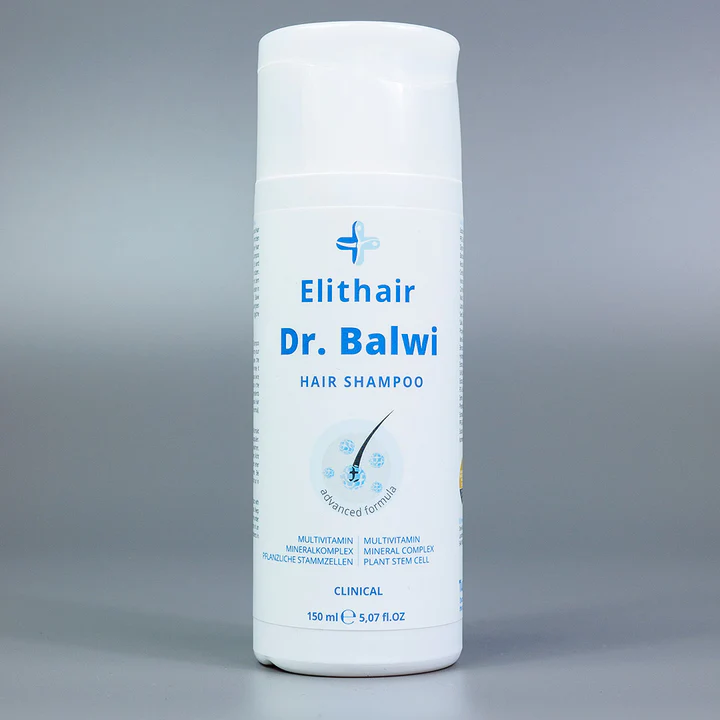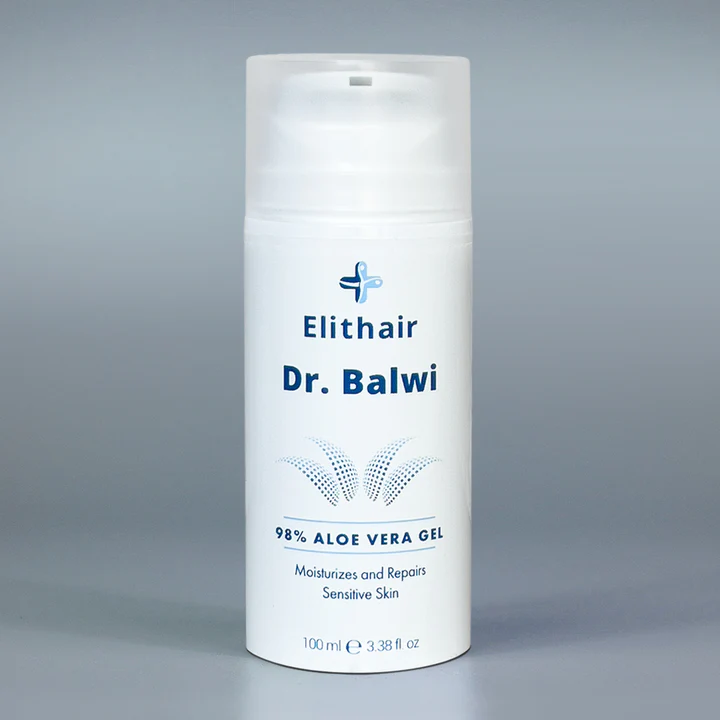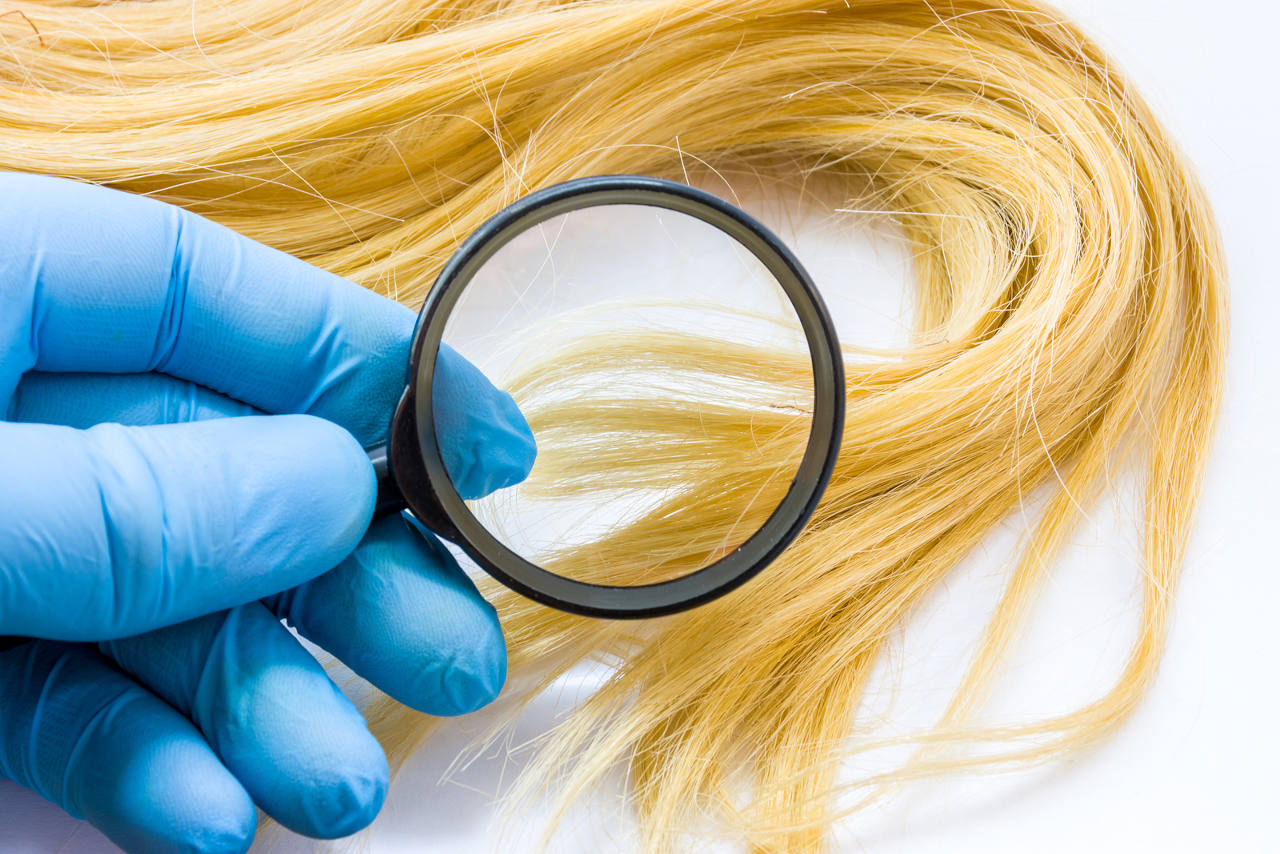
What Does Hair Breakage Look Like?
Hair breakage can be easily mistaken for hair loss because they both involve hair falling out. However, hair breakage isn’t full long hairs shedding like hair loss is, hair breakage is a sign that the hair shaft itself is damaged.
Hair breakage can occur anywhere along the hair shaft – but typically where the strand is at its weakest. Therefore, when you are experiencing hair breakage you will see hairs of varying lengths falling out. Learn more about the causes and treatments for hair breakage below.
Summary
- Is Hair Breakage the Same as Hair Loss?
- How Do You Know if You’re Losing Too Much Hair?
- How Do I Stop my Hair from Breaking at Night?
- Why Do I Lose So Much Hair in the Shower?
- How Do You Fix Hair Breakage?
- Conclusion
Is Hair Breakage the Same as Hair Loss?
Hair loss by itself is to some extent completely normal, but when a significant amount of hairs fall out you should analyse them. There are some big differences between hairs that have naturally reached the shedding stage and hairs that have fallen due to breakage. To understand this we need to look at the hair growth cycle
What is the hair growth cycle?
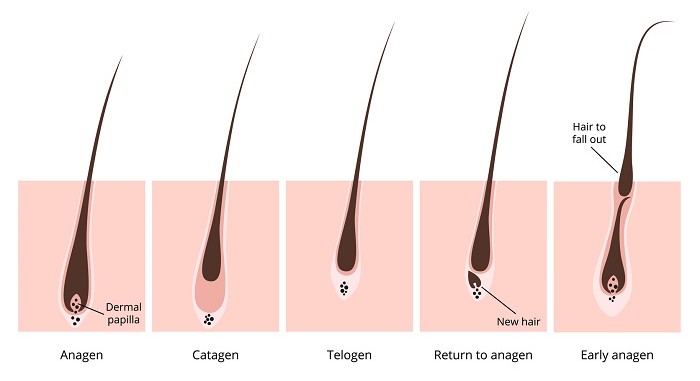
- The Anagen Phase: Also known as the growth phase which lasts from 3 to 6 years, depending on the genetics of the individual.
- The Catagen Phase: A short transition stage that occurs after the anagen stage which marks the end of the growth period and lasts for a couple of weeks.
- The Telogen Phase: The final stage of healthy hair growth where old hair is pushed out and the follicle begins a new hair growth cycle. During this stage, the hair separates completely from the root and sheds.
New hair growth or hair breakage?
When hairs have naturally reached the shedding stage they will fall as long strands that usually have the hair root still attached. With hair breakage the hair strands are short and vary in length usually looking dry and brittle. Damaged hair tends to be quite dull in appearance and looks “frizzy”.
How Do You Know if You’re Losing Too Much Hair?
The average person loses between 50 and 100 healthy hairs per day. There is a simple test to determine hair loss which involves running about 60 hairs between your fingers and pulling a little on the strands when you get to the ends. You’ll usually see between 2-5 strands fall out whereas more than 15 hairs are worrying.
What causes hair breakage?
- Lack of moisture – Hair is more prone to breakage if it’s lacking moisture, becoming too dry and subsequently brittle.
- Towel drying: towel drying your hair with a cotton towel can damage your hair drastically.
- Hot tools: high heat tools like flat irons and hair dryers can cause your hair to break.
- Bleach, hair dye and relaxers – These harsh chemicals directly contribute to breakage as the chemicals are destructive to the layers of the hair shaft, causing colour treated hair to become brittle and snap easily.
- Over-washing – Similar to the importance of moisture on the hair, over-washing strips the hair of moisture.
- Neglecting the hairdressers – If split ends are left they continue to split up the shaft from not getting frequent haircuts it will eventually lead to hair breakage.
How Do I Stop my Hair from Breaking at Night?
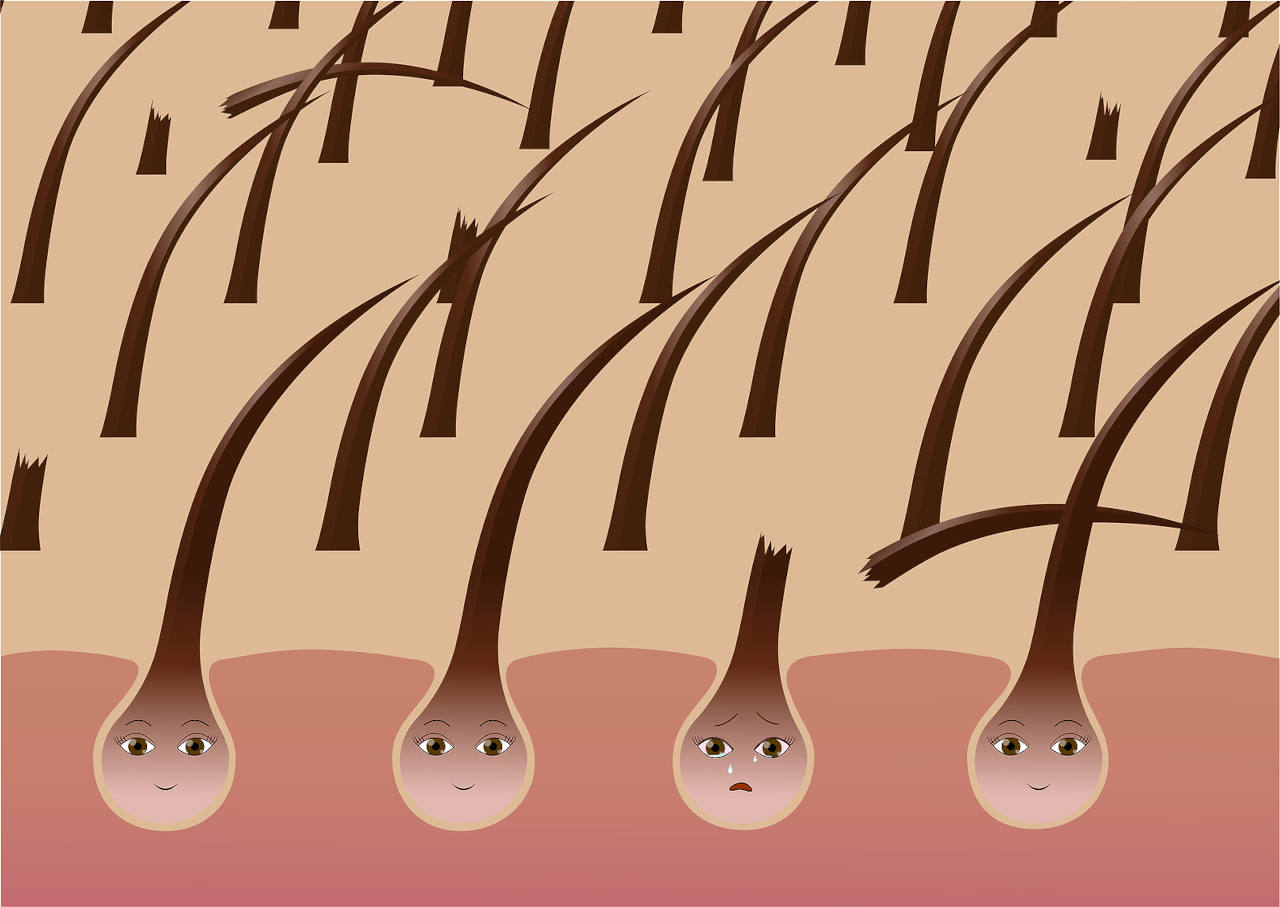
You take good care of your hair during the day, and this should be continued during the night. When you’re asleep you could be unaware of all the damage being caused to your hair strands as tossing and turning unintentionally creates friction, pulling on your hair.
If you wake up and find strands of hair on your pillow you should try these things to reduce breakage while you sleep:
- Ensure your hair is dry before sleeping
- Don’t use an elastic band in your hair
- Sleep on a silk pillowcase
- Brush your hair before bed
- Wrap your hair in a satin or silk scarf
- Apply a leave in conditioner overnight
Should I sleep with my hair up or down?
Sleeping with your hair down can contribute to hair breakage because your loose strands undergo a lot of friction. Therefore, you should sleep with your hair tied up to reduce this.
Braiding your hair or twisting your hair into a high bun are excellent ways to protect your hair and will also ensure you’ll also wake up with heat-free beachy waves. However, don’t pull your hair tight, these hairstyles should be loose. When creating these hairstyles, use spiral hair ties as they are gentle on the hair and prevent breakage.
Should I brush my hair at night?
Brushing your hair at night, specifically with a boar bristle hairbrush is one of the simplest ways to protect your hair. By doing this, you distribute your natural oils from the roots and scalp down through the lengths to prevent hair breakage. Doing this every night will nourish the hair and work to repair damaged hair shafts.
Why Do I Lose So Much Hair in the Shower?
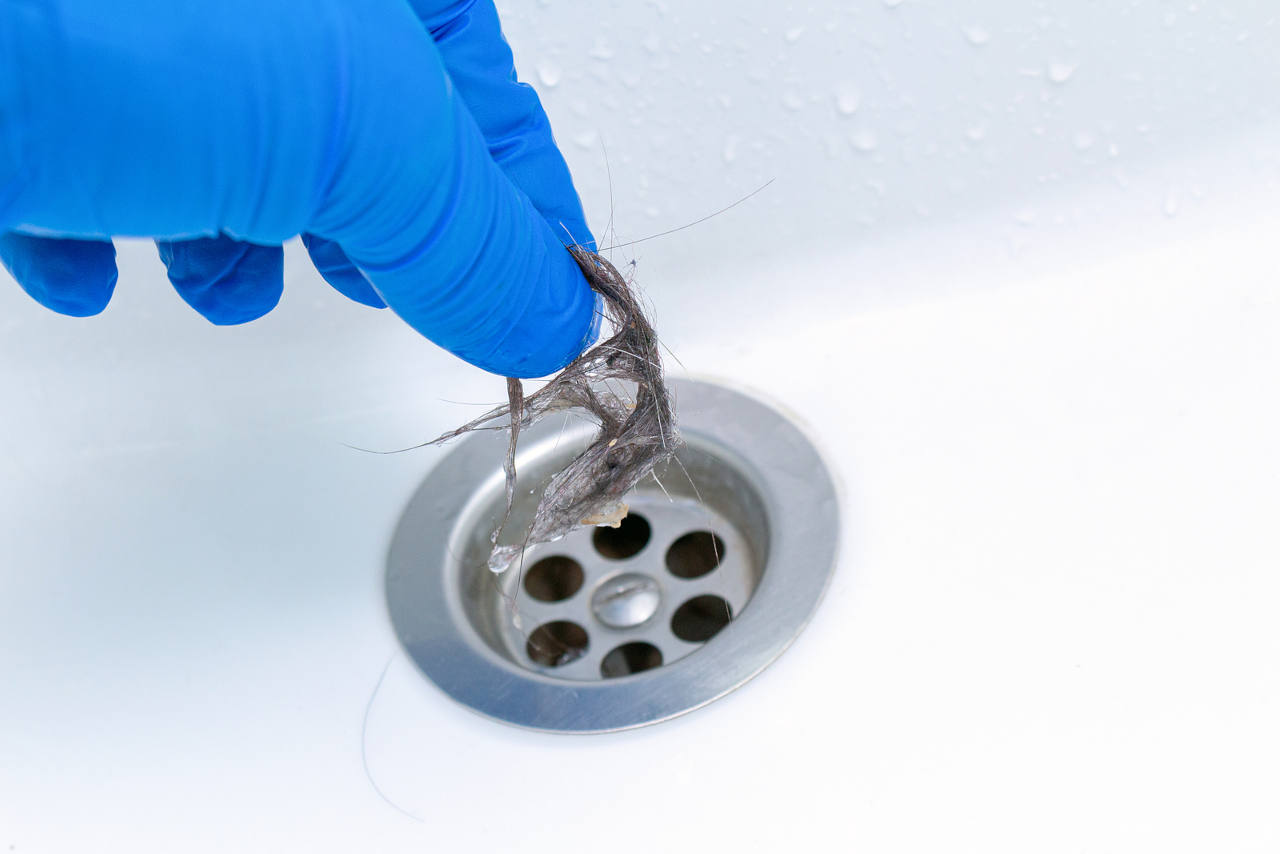
If you have mid to long length hair you’re probably familiar with finding clumps of hair strands in the drain after washing your hair. If you only wash your hair 1-2 times per week then you’ll probably always see your drain full of hair every time you do so. This is part of normal hair shedding as washing your hair just encourages some hairs in the telogen phase to fall out while you’re cleansing your scalp.
You should only worry about hair loss if you notice that your hair feels substantially thinner (for example when you tie it into a ponytail), or if you start to see your scalp through your hair more easily than normal.
Should I comb my hair in the shower?
You should never brush or comb your hair in the shower because wet hair is significantly weaker than dry hair and breaks more easily. When you’re hair is wet it’s more elasticated, therefore if you comb your hair in the shower you will end up stretching the strands leading to breakage.
Instead of combing your hair in the shower, you should brush your hair before your jump in the shower. This is more gentle on your hair and will remove any knots ready to be washed preventing hair damage.
How Do You Fix Hair Breakage?
At home, you can stop hair breakage by changing the things that are known to cause hair damage as well as increasing the nourishment of the strands. Hair breakage is a serious sign that you need to take better care of your hair, here are the best ways to repair damaged hair:
- Deep condition the hair/apply a nourishing hair mask
- Reduce the temperature of your heat styling tools (straighteners, curling irons)
- Always use a heat protectant
- Sleep on a silk pillowcase
- Allow your hair to air dry instead of blow drying
- Only wash your hair 2-3 times a week and apply oil treatments regularly
- Brush your hair with a boar bristle brush
- Get regular hair cuts to remove split-ends
Conclusion
Hair breakage is a sign that your hair is in need of some maintenance, it’s been significantly damaged and needs nourishment as well as a boost of moisture. You know when you’re hair is brittle because you’ll see short hairs breaking off. These hairs tend to look frizzy, have split-ends and look incredibly dry. If you’re looking to improve the health of your hair then check out our range of natural hair products to aid in promoting healthy and strong hair.
Are you looking for the solution to hair loss? Take the first step to benefit from Dr. Balwi and Elithair’s expertise with a free consultation for a successful and affordable hair transplant in Turkey!


